
June Garden Guide
Note: This is general information for the entire state of Arkansas on what to plant in your garden in June. For specific questions about planting in your area, please reach out to your local county agent.
Summer is just around the corner! June brings longer days, ample sunshine, and the perfect conditions for plants to thrive. However, it also introduces scorching temperatures and the need for diligent care. Let's dive in and learn how to keep our gardens blooming and flourishing throughout the summer!
Garden Chores for June
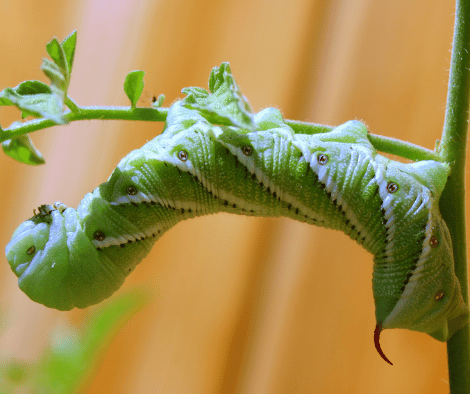
From deadheading to planting warm-season vegetables to scouting new pests, there are a lot of new things we need to do for our gardens this month. Check out what chores we recommend:
- Monitor rainfall and water appropriately. As the weather gets warmer, you may need to increase your watering frequency.
- Clean up yard/garden.
- Replenish mulch, if needed.
- Plant pumpkins this month in time for Jack-O-Lanterns at Halloween.
- Dig up and divide irises.
- Replant warm-season vegetables as you harvest.
- Finish pruning spring-blooming shrubs before it gets too hot.
- Check for bagworms and other pests. If you find a pest you are unsure about, snap a photo and send it to your county agent or take a sample to your county extension office.
- Thin fruit trees (apple, peach, nectarine, and pear) to one fruit every six inches. This will encourage larger fruits with more flavor.
- Deadhead perennials.
Tips for Summer Watering
Consider building a rain barrel. Keep plants mulched to help retain water. Plant drought-resistant and native plants. Water plants early in the morning to conserve water and reduce evaporation. Install more efficient irrigation systems. Learn how to install drip irrigation.
Infrequent, deep watering is better than frequent, shallow watering. Deep watering promotes deep root-growth. Deep-water trees and shrubs once or twice a week and flowers 2-3 times a week.
Most plants need 1 inch of water per week. Monitor rainfall and water your plants accordingly.
Drought Stress and Trees
Trees show delayed visual symptoms of drought stress, meaning if they are showing signs (wilt, leaf scorch, loss of green coloration, etc.), they may have been experiencing drought stress for a while. These signs could be the beginning of irreversible damage. Do not wait until you see visual symptoms. Water mature trees weekly with a thorough soaking.
June Vegetable Planting Guide
Cool-season vegetables have likely already bolted or stopped producing vegetables. Harvest vegetables in the morning for best flavor. Replant warm-season vegetables as you harvest. This month, we recommend planting:
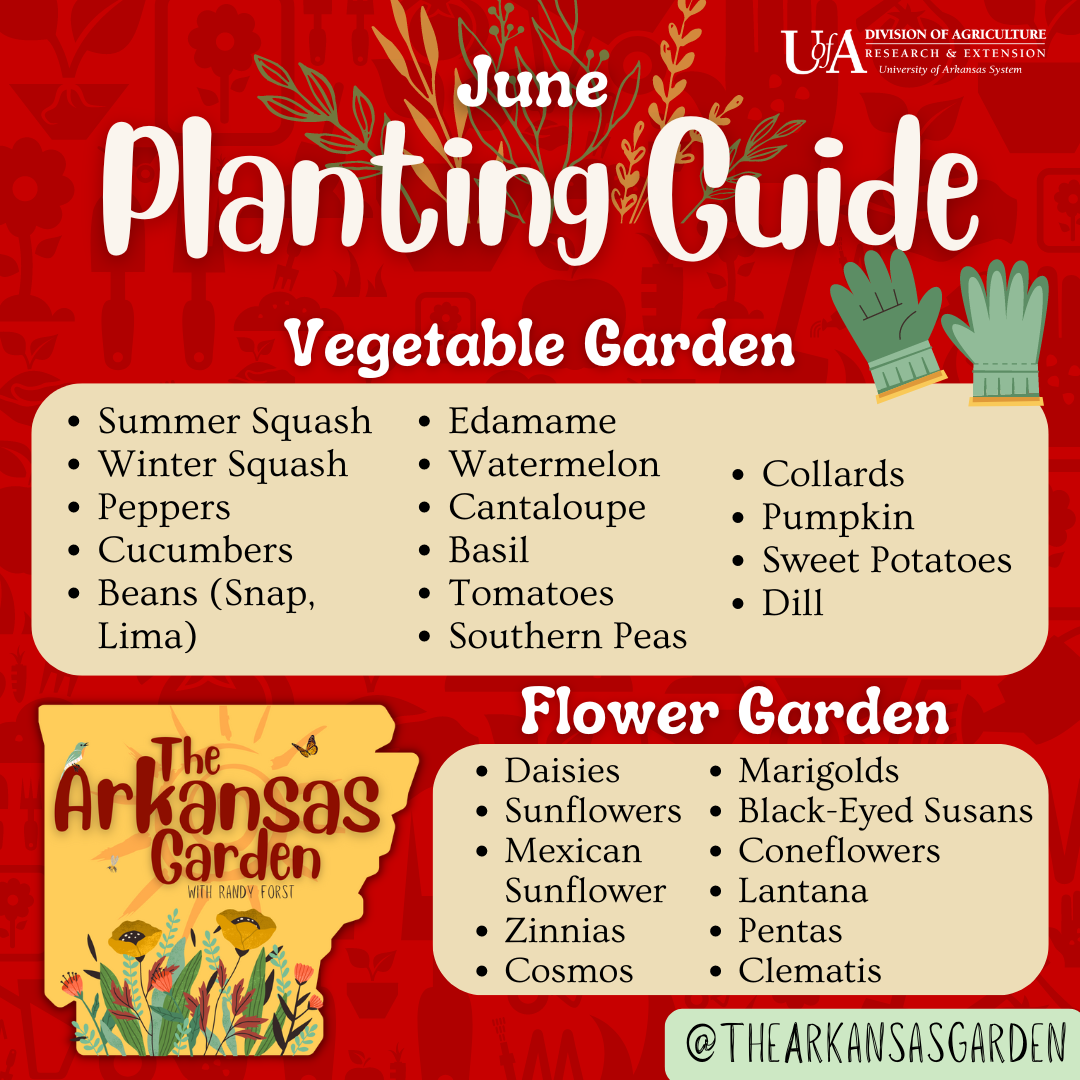
- Summer Squash
- Winter Squash
- Peppers
- Cucumbers
- Beans (Snap, Lima)
- Edamame
- Watermelon
- Cantaloupe
- Basil
- Tomatoes
- Southern Peas
- Collards
- Pumpkin
- Sweet Potatoes
- Dill
Squash: Plant pumpkins to have Jack-o-Lanterns for Halloween, and other edible squash for a fall harvest.
Harvesting potatoes: When harvesting, spread potatoes out in a well-ventilated, protected area for curing. Let cure for 2-3 weeks, and store in a cool, dark place. Check for- and dispose of- spoiled potatoes.
Matted row strawberries: After harvesting strawberry beds, mow the rows, thin out excess plants, remove weeds, fertilize, and apply a mulch for weed control.
Tomatoes: Keep moisture levels even by watering evenly and mulching to prevent blossom-end rot. Fertilize tomatoes lightly about every two weeks once they start setting fruit.
June Flower Planting Guide
- Daisies
- Sunflowers
- Mexican Sunflower
- Zinnias
- Cosmos
- Marigolds
- Black-Eyed Susans
- Coneflowers
- Lantana
- Pentas
- Clematis
Finish blooming spring blooming shrubs.
Separate crowded irises in late June. Replant them, share with friends, family, and neighbors, or dry, store, and replant in the fall.
Side-dress annuals with a balanced fertilizer. Fertilize every 4-6 weeks. Reach out to your agent about amounts.
Big-leaf hydrangeas, oakleaf hydrangeas, and gardenias set flower buds in the fall and bloom in the summer. Prune these plants as soon as flowers fade. When pruning these hydrangeas, remove older, thicker canes at the soil line after blooms have faded.
Azaleas: Check for azalea lace bugs. Ask your county agent for pesticide recommendations.
Roses: Fertilize roses with a balanced rose fertilizer after the first show of blooms is past.
For a water garden: Plant tropical water lilies when the temperatures rise above 70° F.
Planting clematis: Test and amend your soil with lime, if necessary, before planting clematis. Clematis requires neutral to slightly basic soil. For best results, keep clematis watered and mulch the root system to keep it cool during the heat of summer.
In Bloom in June
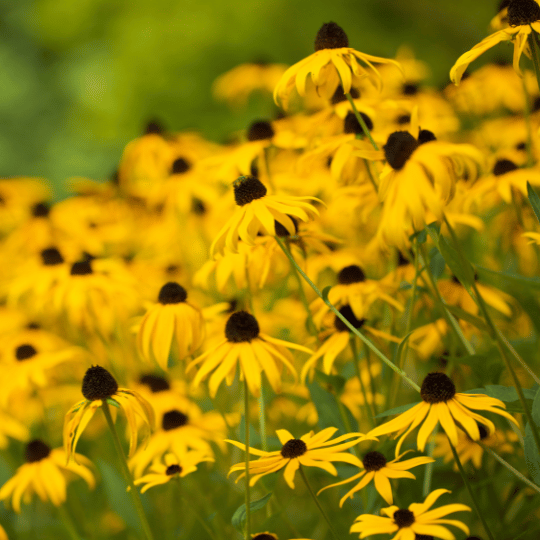
Black-Eyed Susan
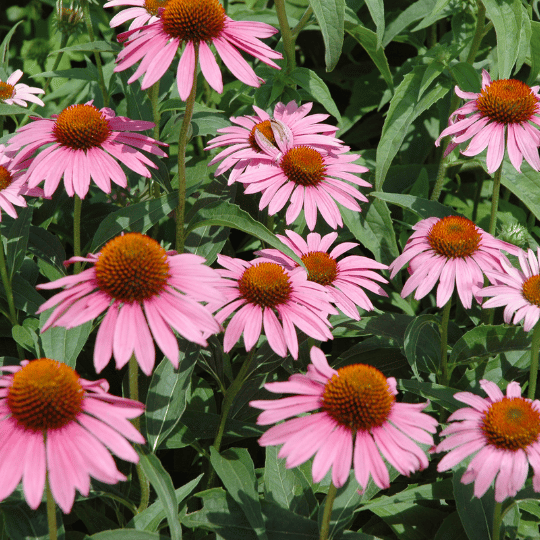
Echinacea
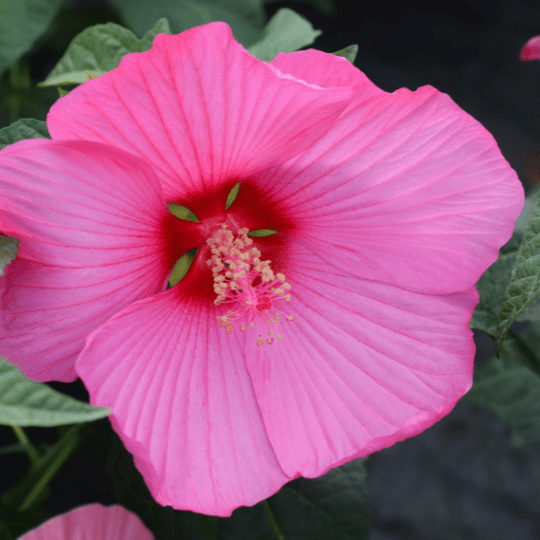
Hardy Hibiscus
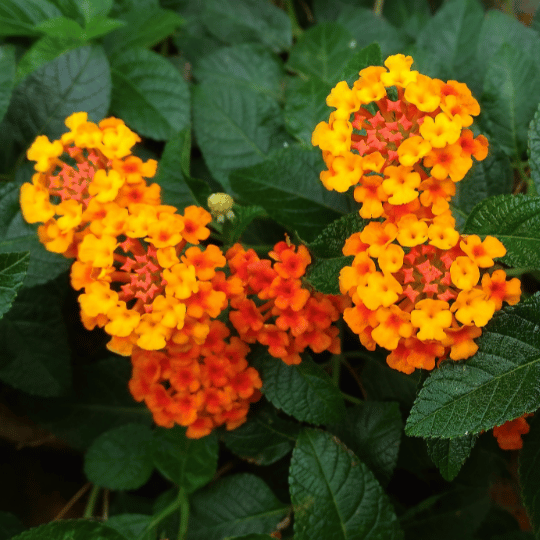
Lantana
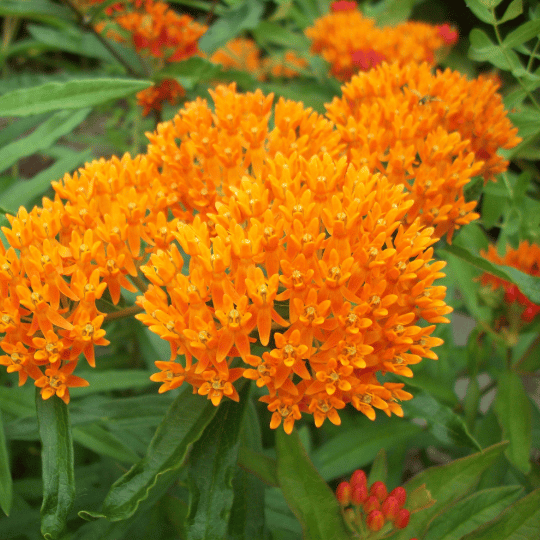
Milkweed

Rose
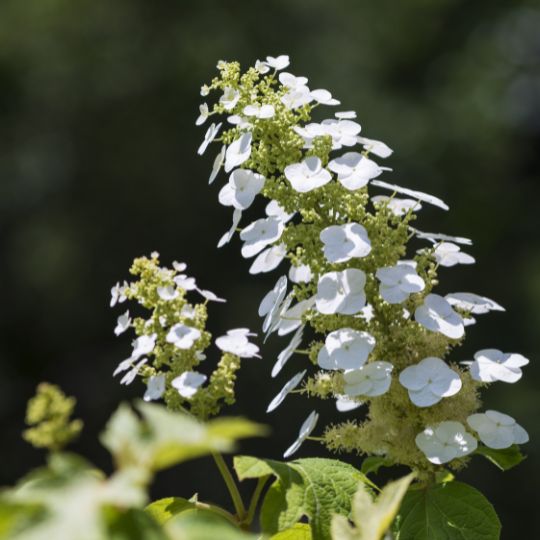
Oakleaf Hydrangea
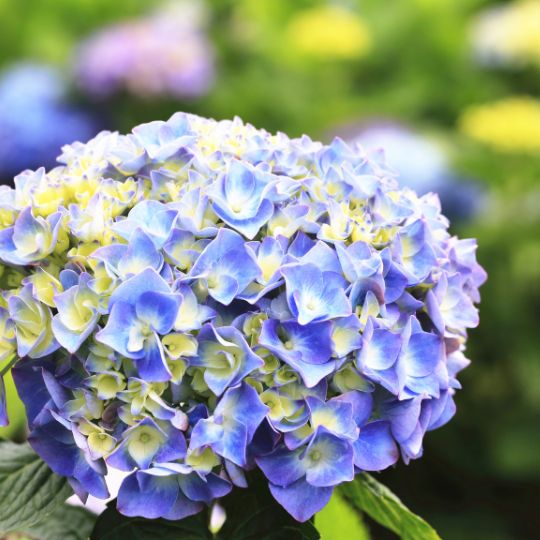
Big-Leaf Hydrangea

Gardenia
January | February | March | April | May | June
July | August | September | October | November | December

